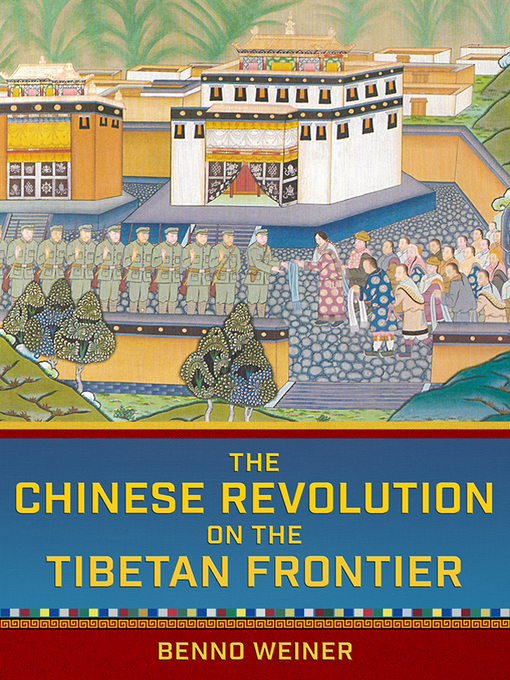In The Chinese Revolution on the Tibetan Frontier, Benno Weiner provides the first in-depth study of an ethnic minority region during the first decade of the People's Republic of China: the Amdo region in the Sino-Tibetan borderland. Employing previously inaccessible local archives as well as other rare primary sources, he demonstrates that the Communist Party's goal in 1950s Amdo was not just state-building but also nation-building. Such an objective required the construction of narratives and policies capable of convincing Tibetans of their membership in a wider political community.
As Weiner shows, however, early efforts to gradually and organically transform a vast multiethnic empire into a singular nation-state lost out to a revolutionary impatience, demanding more immediate paths to national integration and socialist transformation. This led in 1958 to communization, then to large-scale rebellion and its brutal pacification. Rather than joining voluntarily, Amdo was integrated through the widespread, often indiscriminate use of violence, a violence that lingers in the living memory of Amdo Tibetans and others.

